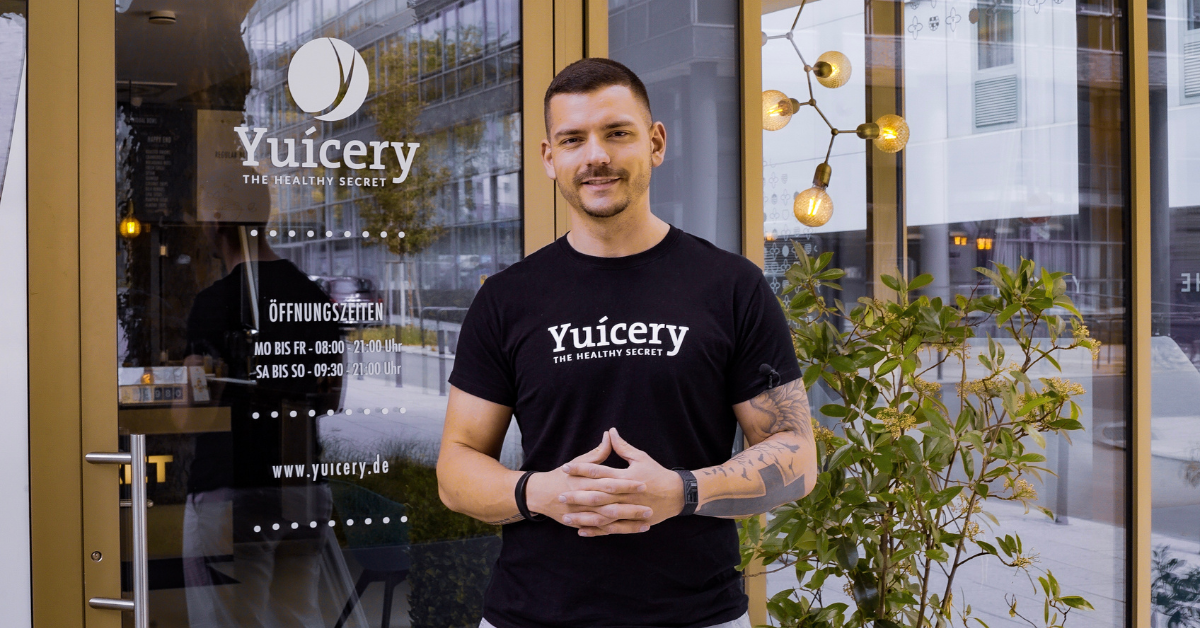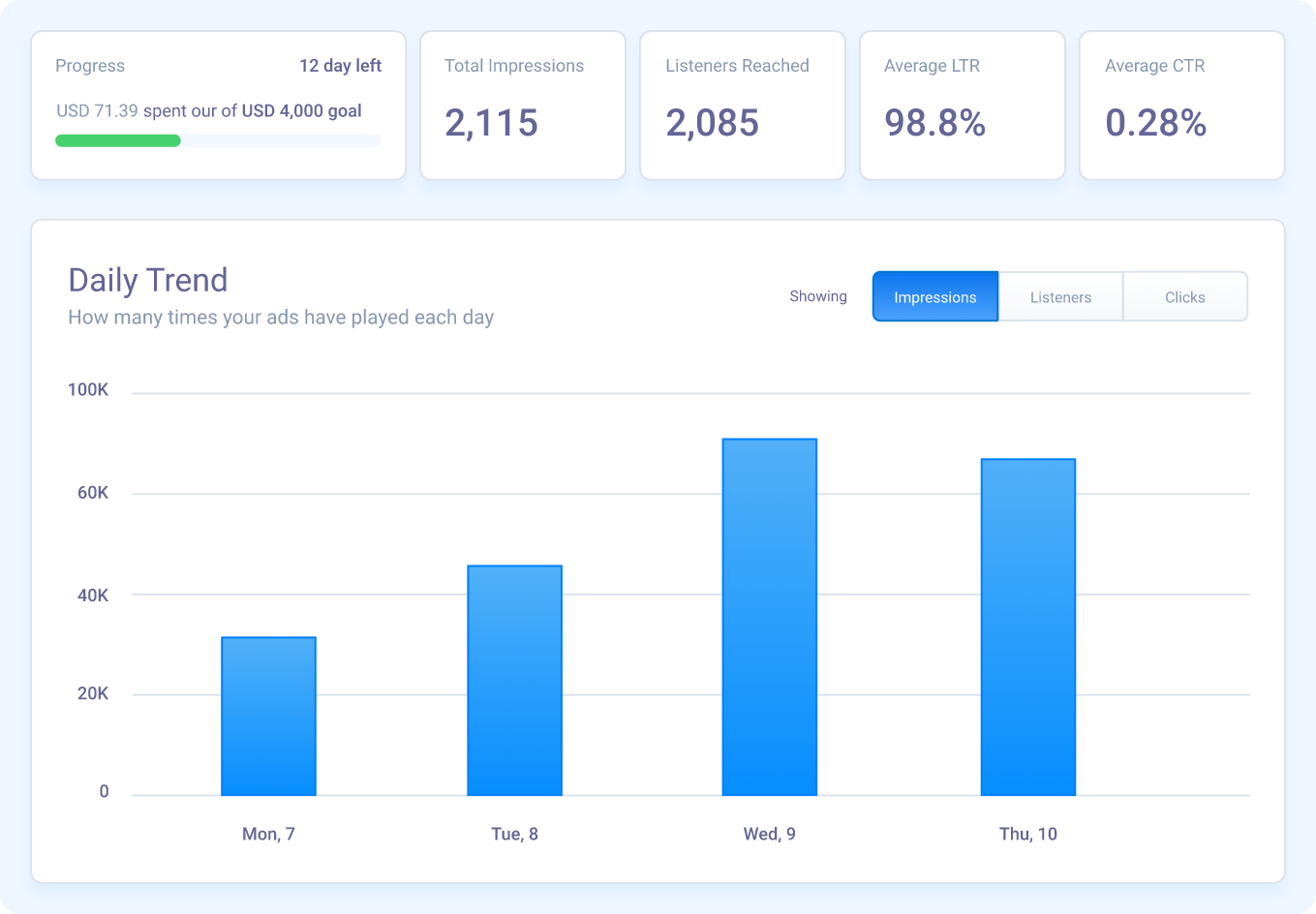TV vs. Radio Advertising: Which is Better for Your Local Business?
When it comes to advertising a local business, TV and radio remain two of the most effective traditional media channels.
Each offers unique advantages, but choosing the right one depends on your budget, target audience, and business goals.
The Reach and Audience of TV vs. Radio Advertising
TV Advertising: Expansive Reach and Visual Impact
-
TV reaches 96% of U.S. households, making it one of the most widely consumed media channels (Nielsen Total Audience Report).
-
74% of viewers say they pay more attention to TV ads than online ads, due to TV’s ability to capture attention through visuals and sound (Nielsen Media Research).
-
Local TV news ads perform 58% better in engagement than national TV ads, as audiences trust familiar local faces (Pew Research Center).
Radio Advertising: Cost-Effective and Highly Targeted
-
Radio reaches 90% of U.S. adults weekly, making it a high-frequency platform for engaging customers (Edison Research).
-
Radio ads are 36% more trusted than social media ads, as people form personal connections with their favorite stations and DJs (Radio Advertising Bureau).
-
AM/FM radio delivers an average ROI of $12 for every $1 spent, outperforming many digital ad formats (BIA Advisory Services).
Cost Comparison: TV vs. Radio Advertising
TV Advertising Costs
-
The average local TV ad costs between $5 and $35 per 1,000 impressions (CPM), depending on market size and time slot (Statista Advertising Report).
-
Production costs for a 30-second TV ad range from $1,500 to $25,000, making it a more expensive option than radio (Forbes Marketing Research).
-
Primetime TV slots (8 PM – 11 PM) can cost up to 5x more than daytime slots, but offer higher engagement rates.
Radio Advertising Costs
-
Radio ads average $10 to $20 per 1,000 impressions (CPM), making them 50% more cost-effective than TV ads (Radio Advertising Bureau).
-
Production costs for a high-quality 30-second radio ad range from $300 to $2,000, significantly lower than TV (BIA Advisory Group).
-
Drive-time radio slots (6 AM – 10 AM and 3 PM – 7 PM) command premium pricing but offer peak listenership.
Which Drives More Engagement? TV or Radio?
-
TV ads create higher emotional engagement, with audiences 3.4x more likely to recall a TV ad than a digital display ad (Thinkbox UK).
-
Radio drives immediate action, as 29% of listeners who hear a radio ad search for the business online afterward (Nielsen Audio Research).
-
Cross-channel campaigns that include both TV and radio ads drive 35% higher brand recall than single-channel advertising (Marketing Science Institute).
Best Use Cases for TV and Radio Advertising
TV Advertising is Best For:
-
Businesses that rely on visual storytelling, such as restaurants, retail stores, and event promotions.
-
High-ticket items and services, including real estate, luxury goods, and medical services.
-
Branding campaigns that focus on credibility and long-term audience recall.
Radio Advertising is Best For:
-
Businesses with lower advertising budgets that need a cost-effective way to reach a local audience.
-
Service-based businesses, such as HVAC, plumbing, and auto repair, where consumers act on immediate needs.
-
Event promotions and time-sensitive offers, where repeated messaging is key to driving attendance.
Case Study: Local Businesses Maximizing TV and Radio
Case Study: Local Auto Dealership Uses TV and Radio for Maximum Impact
-
A regional car dealership invested in local TV for brand awareness and radio ads for promotional offers.
-
TV ads boosted showroom traffic by 22%, while radio ads led to a 30% increase in phone inquiries.
-
The combined approach resulted in a 17% sales increase over three months (Automotive Marketing Research).
Should You Choose TV or Radio?
Both TV and radio advertising offer unique advantages for local businesses. If you have a higher budget and need visual engagement, TV may be your best choice.
However, if you’re looking for a cost-effective, high-frequency advertising channel, radio provides an excellent ROI. Combining both offers the best of both worlds—brand authority from TV and immediate action from radio.



